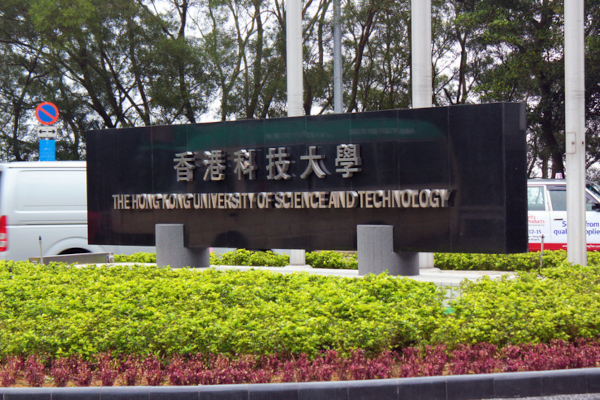
By Marcelo Jauregui-Volpe
In the main academic building at Westlake University in Hangzhou, China, portraits of the institution’s most esteemed professors line the walls. Many of the portraits feature professors hired from the United States, including MacArthur Fellowship “genius” grant recipient and biochemist Guan Kunliang and former Howard Hughes Medical Institute investigator Yu Hongtao – and the presence of top American scientific talent in a Chinese institution may become a more common sight in the future.
Established in 2018 to mimic successful research universities in the United States, Westlake University represents China’s ambition to overtake the United States in recruiting the world’s greatest scientists and to establish itself as a global leader in technological advancement.
Now many science, technology, and policy experts worry that the Trump administration’s deep cuts to scientific research funding in the United States may be inadvertently fueling China’s ascendance. In addition, they worry that the tightening of immigration policies is making it harder for the United States to recruit and retain top foreign STEM talent and leading to a brain drain.
China has made significant headway in its scientific competition with the United States in the past few years thanks to steady research and development investments. These include strategic investments in critical technologies like artificial intelligence, which have led to a rise in the number of U.S. patents being awarded to Chinese universities.
Chinese universities, cities, and provinces have also initiated numerous talent recruitment programs that offer researchers and doctoral graduates from around the world competitive salaries, research funding, and relocation support.
Chinese institutions have specifically targeted students and researchers in the United States for recruitment. In May, while the Trump administration attempted to stop Harvard University from enrolling international students, the Hong Kong University of Science and Technology and Xi’an Jiaotong University invited targeted Harvard students to finish their studies in China and announced that they would streamline the admissions process for Harvard students.
Westlake University, mentioned above, ranks 101 in Nature Index’s global ranking of institutions by research output. It recently recruited She Yiyuan, former statistics professor at Florida State University and winner of the NSF CAREER award; and Zhang Xiaoming, former director of the Anatomy Education Core and Willed Body Program at the Baylor College of Medicine.
China has been particularly successful in recruiting U.S. scientists of Chinese descent. In the past few years, researchers of Asian heritage have reported being subject to discriminatory racial profiling in the United States as a result of government programs seeking to crack down on Chinese espionage and theft of trade secrets from U.S. research labs.
A study published in the journal Proceedings of the National Academy of Sciences found that the number of scientists of Chinese descent moving from the United States to China steadily increased between 2010 and 2021.
Given the State Department’s announcement that it will “aggressively revoke visas for Chinese students” and review future visa applications from China with more scrutiny, some researchers warn that this trend could continue.
“The United States is shooting itself in the foot,” said Zhang Xiaoming, the former Baylor scientist who now works at Westlake University, in an interview with The New York Times. He continued: “Without foreigners, at least in the field of scientific research, they can’t go on.”
Marcelo Jauregui-Volpe is editorial and communications assistant at AAU.